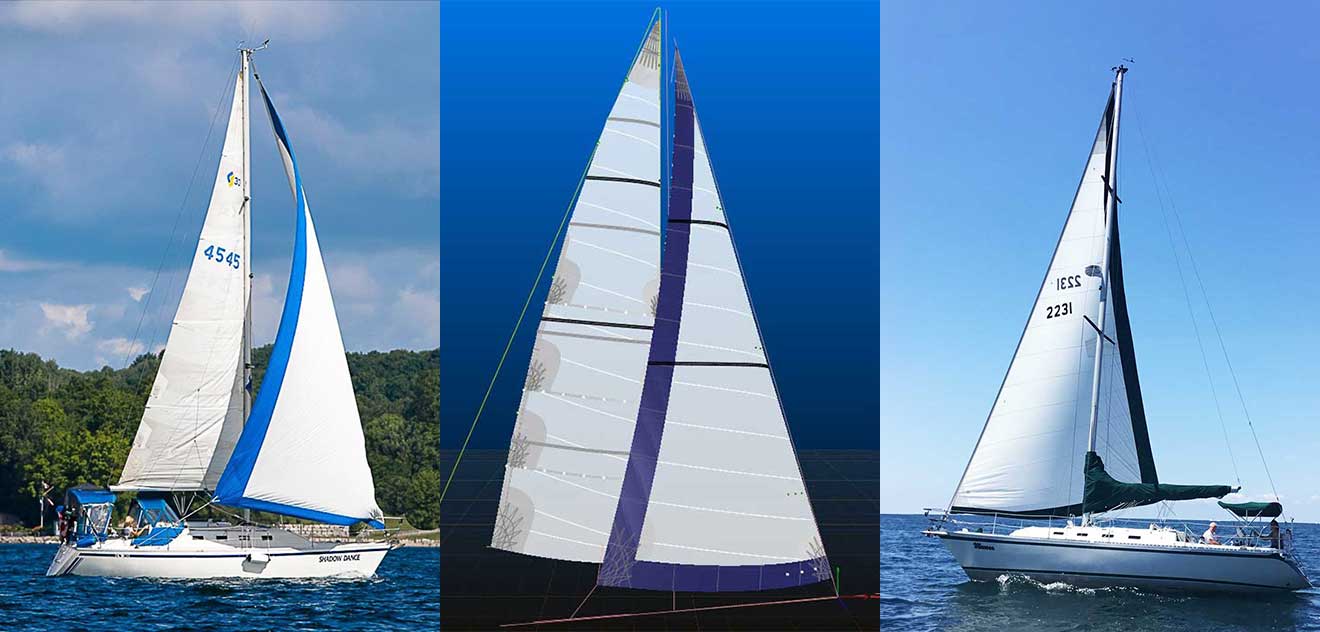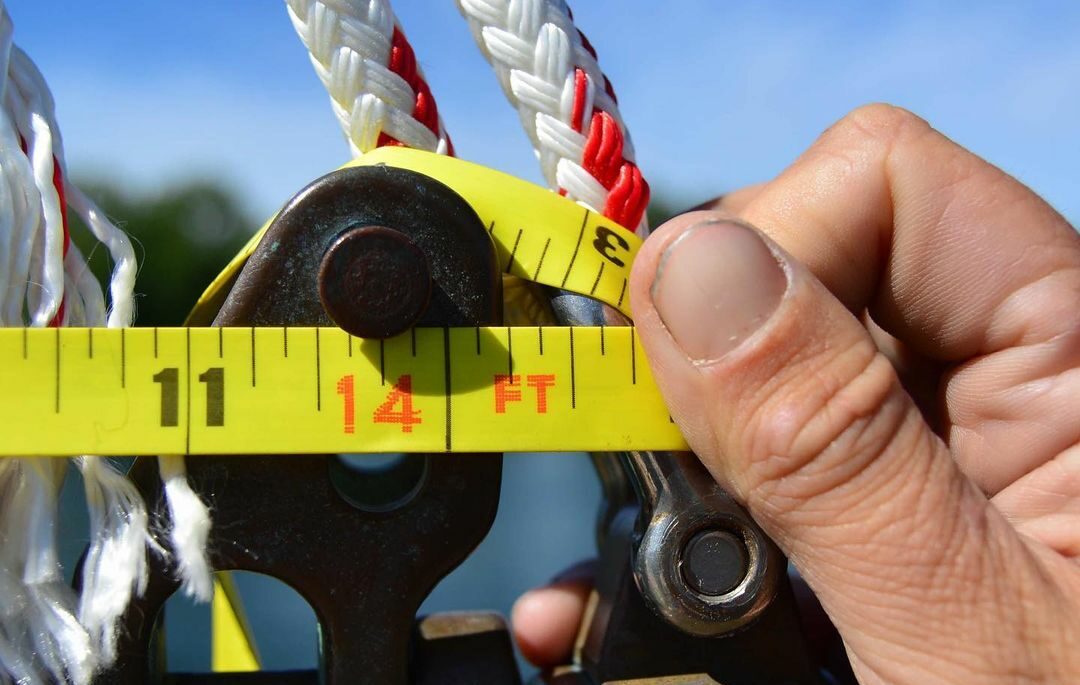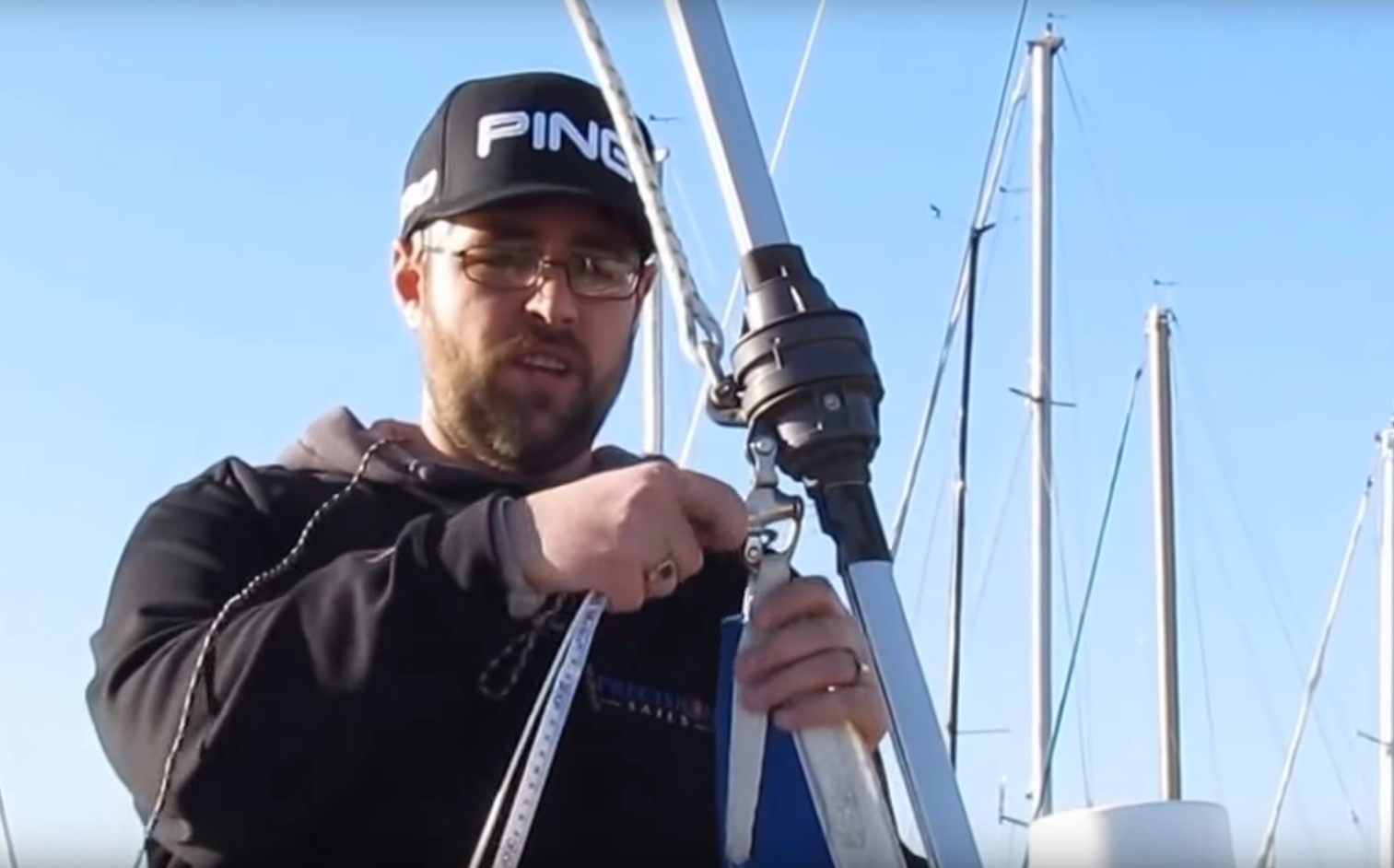Sail Series: Headsails
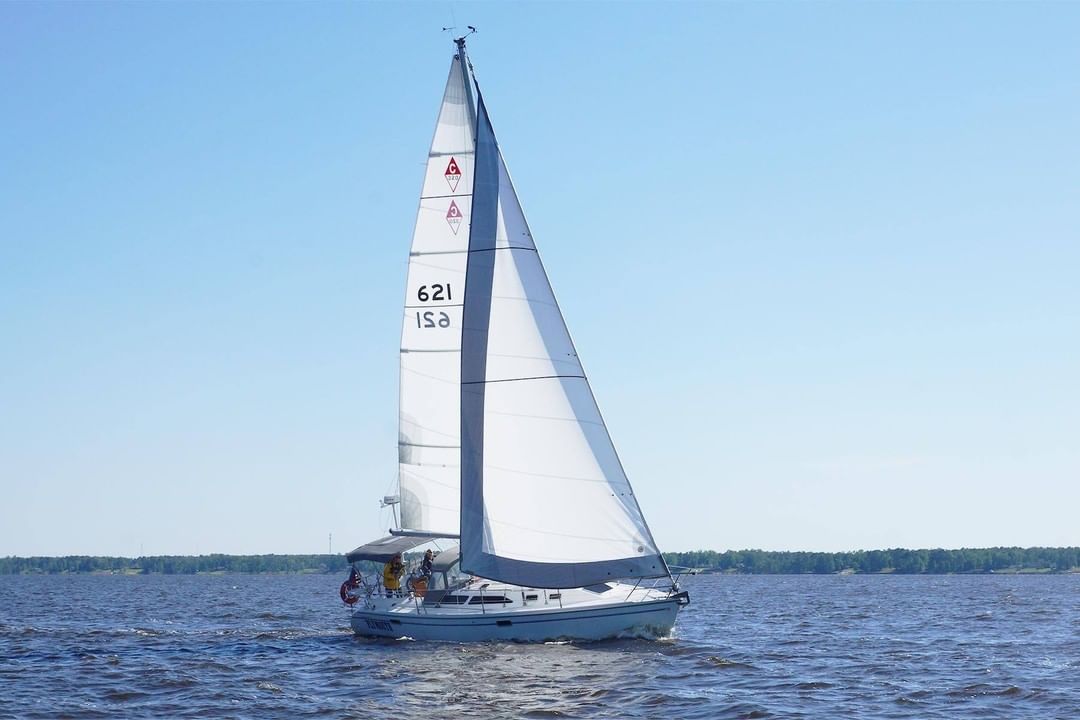
Rigging & Boat Type
Upgrading and improving your sails is an essential part of boat ownership, but there can be some significant differences in selecting the right headsail for your vessel dependent on your boats design and rigging aspects.
Modern boats now have far lighter masts and even lighter rigging, meaning boat builders are able to increase the height of the mast, therefore maximizing the sail size vertically. This improves performance without the pitfalls of deeply overlapping jibs and genoas. Gone are the days where having huge overlapping genoas was the ‘must-have’ in the sailing world. Typically, larger mainsails require smaller headsails. By checking the foot length (E) of the mainsail versus the base of the foretriangle from mast to stem (J) you can determine if your boat relies more heavily on its mainsail for horsepower. If your measurements are equal, or if E is longer than J, this indicates that your boat is powered more heavily by its mainsail and therefore allowing for a smaller jib.
For those of us with older cruising boats you are often battling with deeper keels, old fashioned heavy sails and shorter aluminum masts which might suggest that you are more likely to require larger headsails, particularly those with significant overlap. The debate though is how to decide how large is really necessary. Much of this is determined by your regular sailing conditions and your intended boat use.
Another thing to consider when choosing your new headsail is the LP%, luff perpendicular. This feature of the sail will allow you to maximize power without overpowering the vessel. There are several factors to consider when deciding what LP headsail to purchase for your boat, read more about how to find the right LP% for your headsail here.
Location
Are you typically passage planning for offshore heavy weather sailing conditions or for coastal cruising in light summer breezes, naturally both require a totally different sail set up. It’s important to consider what your usual wind speed ranges are and the sea state you are often exposed to.
For those of us enjoying champagne sailing with light winds and calm seas, larger lighter sails are best. Typically, larger jibs between 130-135% can make for a very versatile size for cruising boats and can still be reefed maintaining good efficiency. Going larger with 135-150% headsail is usually only beneficial in a wind range of 8-10 knots.
If you are planning to sail further offshore with potential severe weather patterns a smaller headsail less than 130% is best. Not only will this size deliver on performance in stronger wind ranges but it allows you to have a narrow sheeting angle and therefore, you can sail close to wind. For longer offshore passages it is good seamanship to sail with more than one headsail, should you encounter adverse conditions or incur damage to your working headsail. Ideally having a second smaller headsail of 105% will give you the ability to reef the sail to 85% and still have an efficient sail shape, yielding good performance. If you have a furler, keep in mind that your sail was originally designed to be a specific size and shape. When you are sailing partially furled, your sail changes shape and loses efficiency. Plus, if a sail is partially furled for enough time, it will unevenly stretch your sail and severely reduce its lifespan.
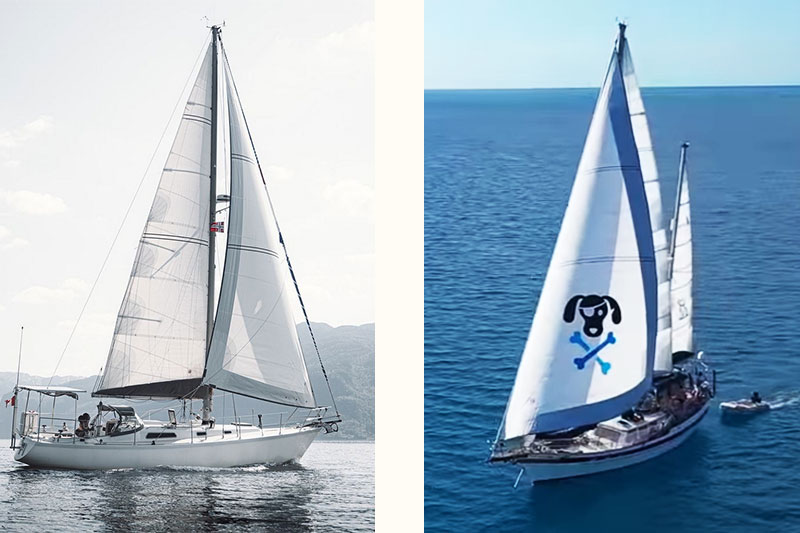
Staysails
Staysails offer a variety of ‘support sails’ to help increase performance while breaking the total sail area into multiple smaller sails allowing for easier manipulation for various sailing conditions and desired performance outcomes. Among the list of these auxiliary sails are tallboy staysail, genoa staysail and bigboy staysail, also known as the shooter or blooper.
Included in the staysail classification, the forestay sail is a smaller jib, which is often hanked onto an intermediate forestay. When sailing conditions change and the larger genoa is no longer required, this inner forestay allows sailors to adapt quickly and easily their sails by utilizing their smaller, more manageable sail.
Drifters
Either called a drifter or reacher, this lightweight sail offers a larger sail area than a genoa and as such often allows for superior performance in downwind sailing. Typically a reacher/ drifter is 150-170% the sail area of a genoa. This genoa-spinnaker hybrid provides the benefits of a spinnaker’s light wind performance while utilizing the luff and hank-on design of a genoa, allowing for easier operation than most spinnakers.
Experience & Use
As a general rule of thumb larger, stronger and more experienced crew can better handle larger sails. Smaller jibs, as you would imagine, are more easily handled especially if you are only a one-man show or sailing duo. Not only are smaller sails easier to handle but they typically last longer too, as they are not wearing over the shrouds, spreaders and mast when changing course. When it comes to convenience, ease, and safety, a roller furling system is ideal for most cruising yachts.
If you are in the market for a new headsail, just beginning your headsail search, or have any questions about your sailboat sails, our design team is ready to help you. We are always happy to discuss sail options that best suit your boat, budget and sailing expectations!
